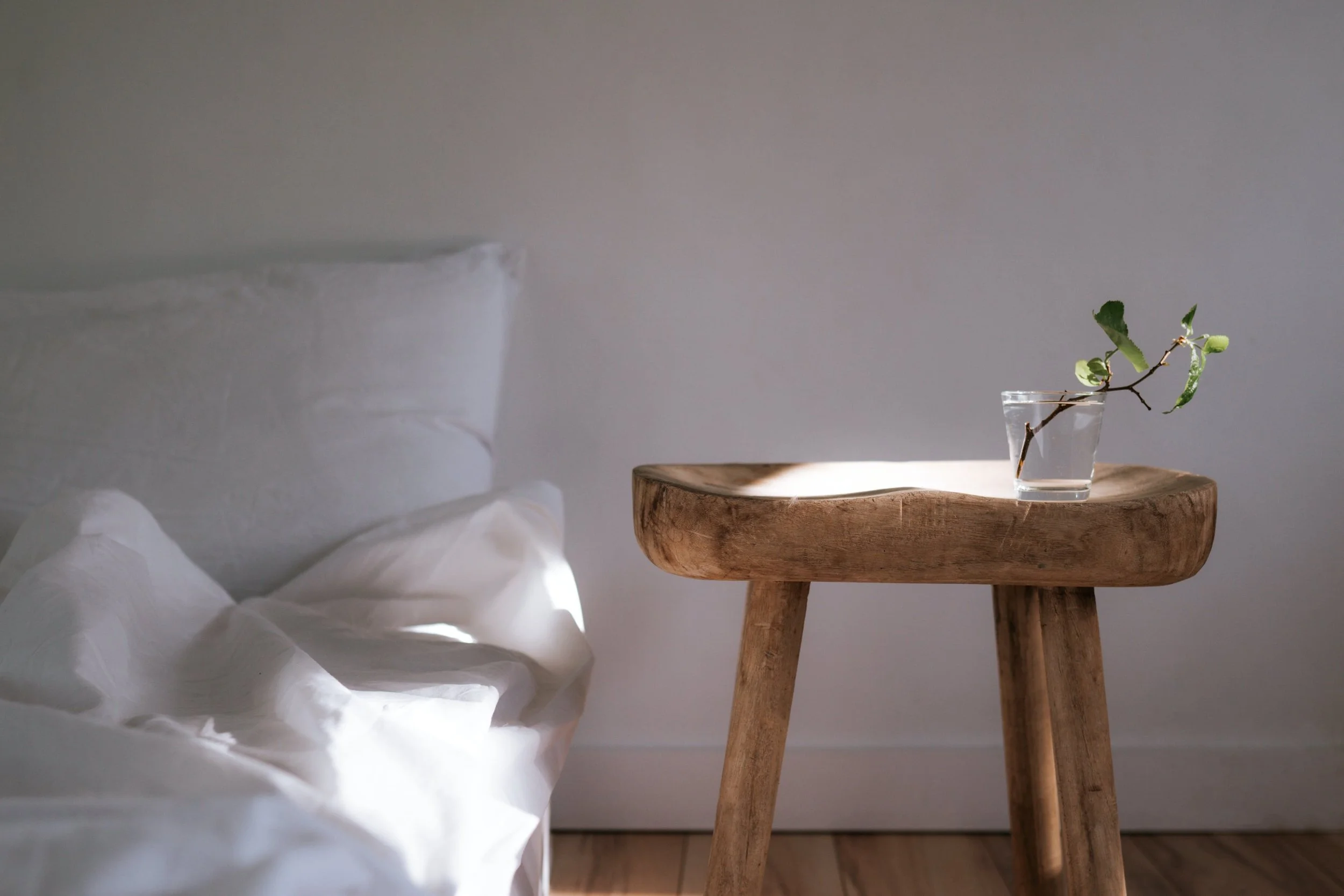Creating Your Sleep Sanctuary
Sleep is crucial for both mental and physical health, comparable to diet and exercise. Sleep deprivation negatively impacts mental health by intensifying stress responses, reducing positive emotions, and activating anxiety, increasing the risk of mental health disorders like depression.
Quality sleep has a profound impact on mental well-being. It facilitates cognitive functions, emotional resilience, and hormonal balance, contributing to improved decision-making and emotional regulation. Adequate sleep also supports the immune system, aids in physical restoration, and reduces stress, enhancing concentration, learning, and mood.
Understanding the importance of sleep in fostering overall well-being is essential. By prioritizing quality sleep, individuals can optimize mental and physical health, emphasizing the significance of crafting an environment conducive to restful sleep.
Creating a sleep sanctuary involves thoughtful choices and intentional design to foster a restful environment, regulating hormones, and supporting the immune system.
Photo credit: PNW Production
Here are five strategies to transform your bedroom into a haven for rest and rejuvenation:
1. Choose Soothing Colors
Select calming colors such as soft blues, greens, or muted neutrals for your bedroom walls and decor. Avoid vibrant and stimulating colors, as they may hinder the winding down process and impact sleep quality.
If financially feasible, prioritize a comfortable bed with a high-quality mattress and pillows that support your body and sleeping style. Luxurious bedding not only feels indulgent but contributes to a more inviting sleep space, enhancing overall sleep quality.
3. Declutter Your Space
Maintain a clutter-free environment by removing unnecessary items and embracing minimalism in the bedroom. An organized and serene atmosphere promotes mental well-being, contributing to a sense of calm and order conducive to restful sleep.
4. Control Lighting
Install blackout curtains to block external light and incorporate dimmable lights or bedside lamps. Controlling the lighting signals to your body when it's time to wind down, promoting a more restful sleep and enhancing your overall sleep environment.
5. Integrate Nature-Inspired Elements
Bring the outdoors inside by incorporating natural elements like plants or nature-inspired artwork. Greenery not only adds aesthetic appeal but also improves air quality, contributing to a healthier sleep environment. Nature-inspired elements create a connection to the calming effects of the natural world.
By implementing these strategies, you can establish a personalized sleep sanctuary that caters to both physical and psychological aspects, fostering an environment conducive to restful and rejuvenating sleep. Remember, sleep is not a throwaway thing—it’s a biological necessity. Prioritize sleep to maintain good mental health and general wellness.

